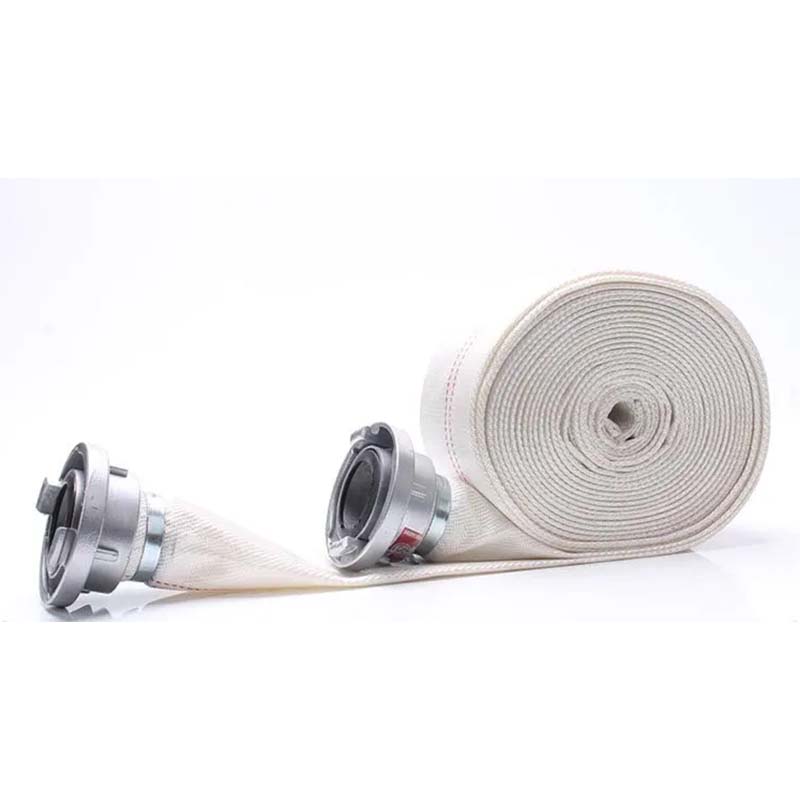lpg gas flexible hose
The Importance of LPG Gas Flexible Hoses in Modern Applications
LPG (liquefied petroleum gas) is a versatile fuel widely used in various applications, including residential heating, cooking, and automotive industries. One essential component in the safe and efficient use of LPG is the flexible hose that connects appliances or storage systems to the gas supply. In this article, we will discuss the significance of LPG gas flexible hoses, their construction, benefits, and safety considerations.
Construction of LPG Flexible Hoses
LPG gas flexible hoses are typically made from layers of durable materials designed to withstand high pressure and varying temperatures. Common materials used include rubber, thermoplastic, and specialized composites that offer excellent resistance to the corrosive properties of LPG. These hoses are engineered to be flexible, allowing for easy installation and movement, which is especially useful in tight spaces or mobile applications.
The hoses are usually reinforced with a textile or steel braid to enhance their strength and durability. This reinforcement minimizes the risk of bursting or kinking, ensuring a continuous and safe flow of gas. Additionally, many manufacturers incorporate UV-resistant materials to prolong the hose’s lifespan, especially in outdoor settings where sunlight exposure can degrade lesser-quality products.
Benefits of LPG Flexible Hoses
One of the primary advantages of LPG gas flexible hoses is their adaptability. Unlike rigid piping systems, flexible hoses can accommodate movement and vibrations, making them ideal for applications such as RVs and caravans, where transport and shifting loads are common. They also simplify installation in residential and commercial settings, allowing for quicker turnaround times and reduced labor costs.
Furthermore, flexible hoses are lightweight, which contributes to easier handling and installation. This lightweight characteristic is especially beneficial for portable appliances and outdoor grills, making it convenient for users to connect and disconnect the gas supply as needed.
lpg gas flexible hose

Another notable benefit is the accessibility of LPG flexible hoses in various lengths and diameters. This variety allows customers to select hoses tailored to their specific application needs, ensuring optimal performance and safety throughout their usage.
Safety Considerations
While LPG gas flexible hoses offer numerous advantages, safety is paramount when handling flammable gases. It is crucial for consumers to adhere to specific guidelines to ensure the safe use of these hoses. First and foremost, it is essential to choose hoses that meet or exceed relevant industry standards and regulatory certifications. Look for hoses with markings that indicate they are tested and approved by recognized organizations.
Routine inspections of hoses for signs of wear, cracking, or leaks are also vital. Any damaged hose should be replaced immediately to prevent potential hazards. Additionally, proper installation techniques should be employed to avoid stress on the hose, which can lead to premature failure.
Finally, it is prudent to educate users on the proper use of LPG appliances and the significance of maintaining a well-ventilated environment. In the event of a gas leak, having functional gas detectors and an emergency plan can make a significant difference in ensuring safety.
Conclusion
LPG gas flexible hoses play a critical role in the safe and efficient utilization of liquefied petroleum gas across various applications. Their construction, adaptability, and ease of installation make them invaluable in both residential and industrial settings. However, consumers must prioritize safety and adhere to best practices to minimize risks associated with gas leaks and equipment failures. By understanding the importance of these hoses and practicing caution, users can enjoy the benefits of LPG safely and effectively.
-
Top Quality Oxy Acetylene Hoses for Sale Fit for Welding DemandsNewsJul.28,2025
-
The Future of Pneumatic Air Tubes in IndustryNewsJul.28,2025
-
Superior and Reliable LPG Hose Pipe Solutions for Every NeedNewsJul.28,2025
-
Exceptionally Durable and Versatile Premium Braided PVC TubingNewsJul.28,2025
-
Best Adapters for Connecting Garden Hose to PVC Pipe ConnectionsNewsJul.28,2025
-
The Essential Role of LPG Hoses in Safe and Efficient Gas DistributionNewsJul.16,2025














